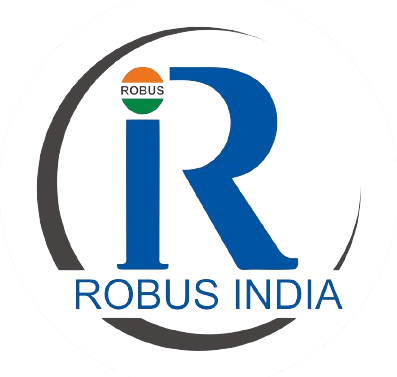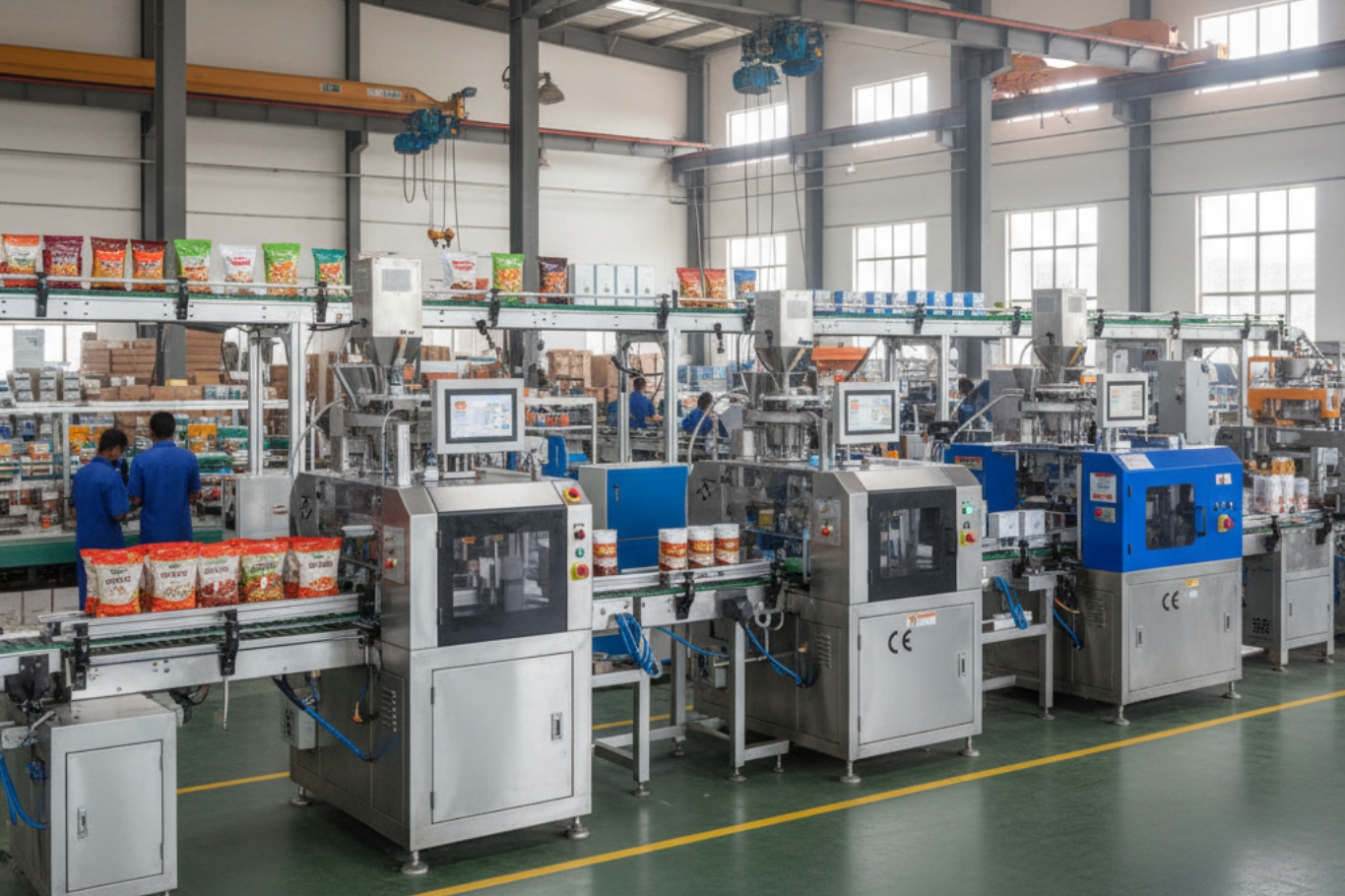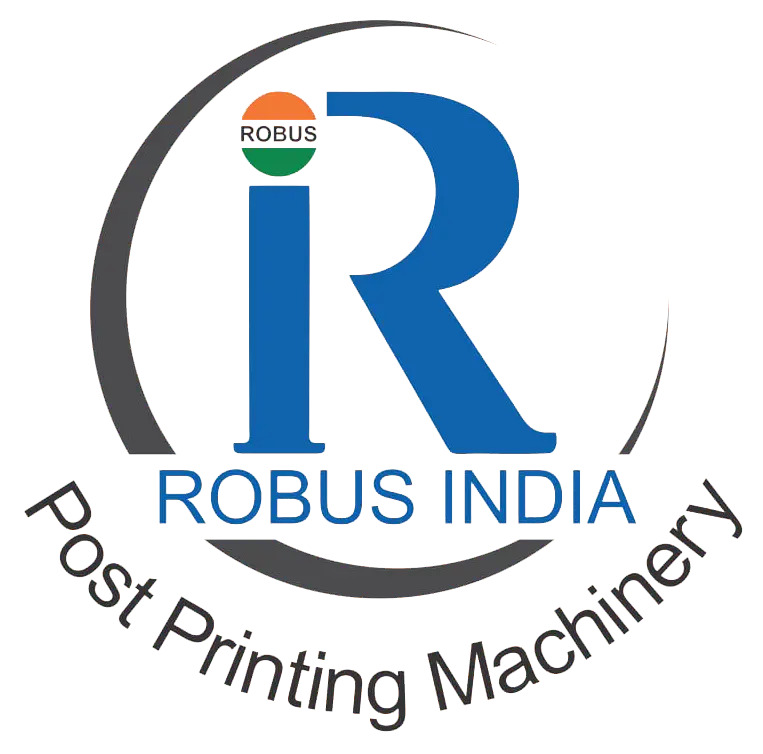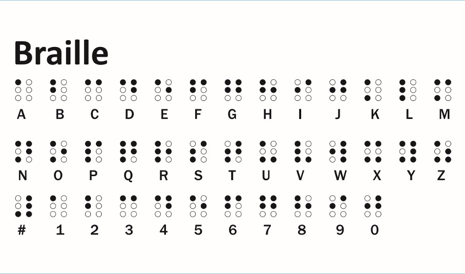The Indian packaging industry is experiencing a high growth rate due to the presence of an increasing food, pharma, and FMCG industries.
With the increased investment by businesses in automation and export ready solutions, there has been a necessity to be knowledgeable about packaging machine requirements.
Nevertheless, the Indian buyers are yet to be in a position to be confused between Indian and international standards when buying packaging machinery.
It can be a saving grace, and spare you money and trouble, as well as assure you of a world-standard in safety, hygiene, and reliability in your investment.
What Do Packaging Machine Standards Mean?
The standards of packaging machines stipulate the quality, safety and performance standards that a manufacturer must apply before selling his/her packaging machines in a particular market.
These standards ensure:
- The machines are ergonomic and safe to use.
- Components comply with hygiene and quality (particularly in food and pharma).
- Machines are efficient in energy as well as environmental standards.
- Systems adhere to sound automation and technology standards.
Globally, major certification bodies include:
- International Organization for Standardization (ISO).
- CE (Conformite Europeenne) European safety and performance mark.
- FDA – of food and pharmaceutical equipment applied in the U.S.
- GMP (Good Manufacturing Practices)
- BRCGS (British Retail Consortium Global Standards)
In India, key standards come from:
- BIS (Bureau of Indian Standards)
- FSSAI (for food-grade packaging)
- ISO standards adopted under Indian regulations
Key Differences: Indian vs International Standards
Although the standards for Indian packaging machines are advancing, there remain discrepancies when compared to international compliance norms for packaging machinery.
Here’s a breakdown of the main differences:
Design and Safety
- International: CE-certified machinery adheres to stringent regulations in the EU Machinery Directive, which provides safety to the operator and emergency protection.
- Indian: The BIS certification is more oriented towards basic operational safety, and less about the design ergonomics checks being mandatory.
Material and Build Quality
- International: Food and pharma machines usually need stainless steel of 304 or 316 grade, which is in compliance with hygienic standards such as FDA or GMP.
- Indian: There are still machines that are made of lower grade materials to save on cost and this affects durability and cleanliness.
Automation and Technology
- International packaging equipment combines smart control with IoT, sensors, and PLCs.
- Indian machines are getting better though lots of them still use a manual or semi-automatic system.
Energy Efficiency and Sustainability
- EU and ISO standards impose energy efficient designs and environmental friendly components.
- Such norms are not compulsory in India but there is an increasing awareness.
Testing and Certification
- International: Machines are audited and checked by third parties to have CE or ISO marks.
- Indian: The certification is usually by self-declaration or local authority testing that is restricted.
Why International Standards Matter for Indian Buyers
When Indian buyers choose machines that meet international packaging machine standards, they gain multiple advantages:
- Increased reliability and increased machine life.
- Adherence to export packaging regulations.
- Less down time and maintenance.
- Greater operator protection.
- Better brand image and customer confidence.
For companies looking to export packaged products, utilizing machinery that is CE-certified or ISO-compliant guarantees worldwide recognition and helps to circumvent regulatory obstacles.
Common Challenges for Indian Buyers
Despite the benefits, many Indian buyers face these common problems:
- Price sensitivity: More affordable machines frequently overlook essential certifications.
- Misleading claims: Certain vendors promote machines as “CE-like” or “ISO-inspired” that lack true certification.
- Verification issues: Purchasers might be unaware of how to verify legitimate documentation or audit findings.
How to Choose the Right Packaging Machine
To ensure you make a smart purchase, keep these points in mind:
- Request authentic certification documents such as CE, ISO, GMP, or BIS.
- Evaluate the total lifecycle cost rather than focusing solely on the initial price.
- Collaborate with reputable manufacturers that adhere to global GMP and CE standards.
- Obtain third-party testing or inspection reports prior to concluding the agreement.
- Comprehend the market for your product – when exporting, ensure compliance with international packaging standards.
India’s Move Toward Global Benchmarking
Through initiatives such as Make in India and the Quality Council of India (QCI), domestic manufacturers are progressively aligning their operations with global standards.
An increasing number of Indian firms are now implementing hybrid systems that comply with both BIS and CE regulations, particularly those targeting international markets.
The growth in exports and global partnerships is driving Indian packaging machinery manufacturers to embrace ISO and GMP compliance, signifying a favorable transition towards high-quality packaging equipment on a global scale.
Conclusion
For Indian consumers, grasping the distinction between domestic and international standards is now essential – it represents a competitive edge.
Equipment that meets ISO, CE, and GMP standards may require a higher initial investment, yet they provide enhanced reliability, safety, and long-term benefits.
As the packaging sector in India progresses, conforming to global compliance standards for packaging machinery will not only elevate product quality but also bolster India’s standing as a premier manufacturing centre.








